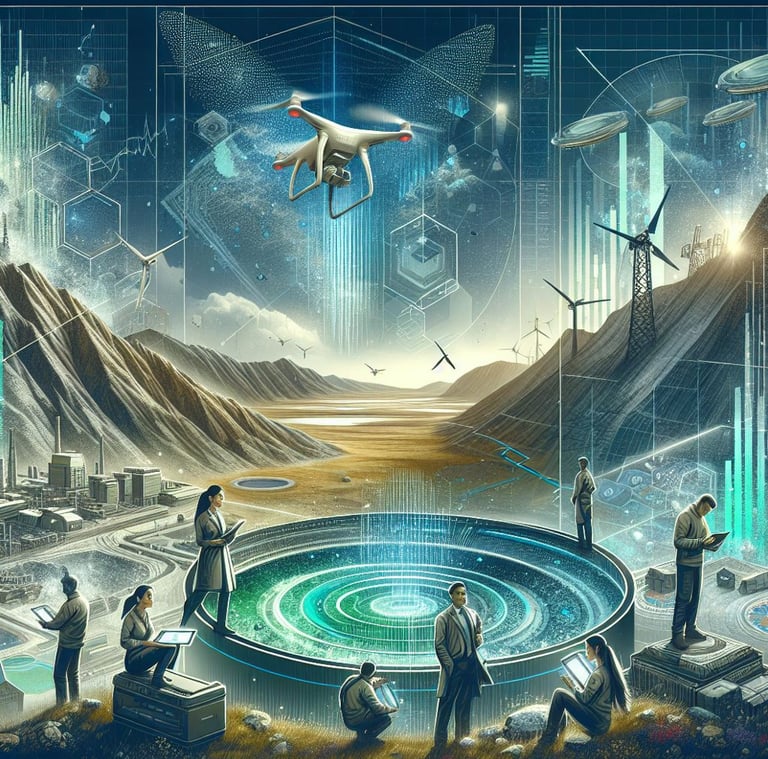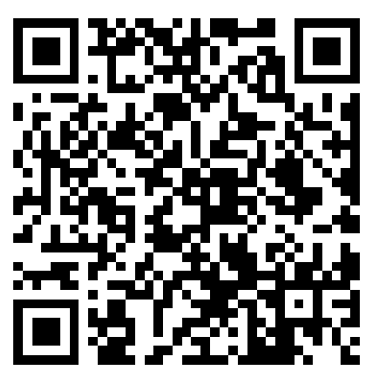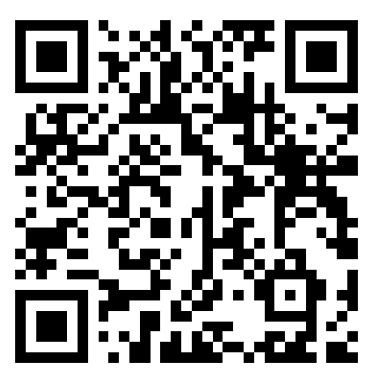Enhancing Mineral Prospectivity Mapping Accuracy with Geospatial Artificial Intelligence (GeoAI)
Xuan-Ce Wang
1/27/20252 min read
Mineral prospectivity mapping (MPM) is an essential process in mineral exploration, where the aim is to identify areas with a high likelihood of containing valuable mineral deposits. Traditional approaches, while effective, often struggle with complex spatial relationships and the non-linear nature of geological processes. Enter Geospatial Artificial Intelligence (GeoAI) — a cutting-edge technology that leverages spatial patterns, neural networks, and explainable AI techniques to revolutionize MPM.
Here’s how GeoAI is transforming the field:
Integration of Spatial Heterogeneity
Traditional MPM methods frequently overlook the non-stationary spatial distribution of metallogenic prediction elements. GeoAI addresses this limitation through techniques like geographically weighted regression (GWR), which considers spatial relationships between geological factors. By applying the first law of geography (i.e., “everything is related to everything else, but near things are more related than distant things”), GeoAI models produce mineral prospectivity maps with smooth transitions, aligning better with geological realities. This results in a more nuanced understanding of spatial heterogeneity, ultimately improving prediction accuracy.
Advanced Nonlinear Modeling
GeoAI’s ability to capture complex, nonlinear relationships in geological processes is unparalleled. By utilizing neural networks with intricate architectures and numerous parameters, GeoAI can model the multifaceted interactions that govern mineralization. For instance, geographically neural network-weighted logistic regression (GNNWLR) combines neural networks with statistical methods, offering enhanced classification performance. This hybrid approach ensures superior fitting of non-linear problems, leading to more reliable MPM outcomes.
Improved Feature Extraction
Feature extraction is a critical step in MPM, and GeoAI excels in automating this process. By analyzing multi-source data, GeoAI overcomes the limitations of subjective models, uncovering spatial patterns that traditional methods might miss. Deep learning algorithms, a subset of GeoAI, integrate diverse datasets to reveal previously hidden spatial relationships. This capability not only improves model performance but also reduces the risk of overlooking significant geological factors.
Enhanced Prediction Accuracy
Studies consistently demonstrate that GeoAI outperforms traditional machine learning (ML) and statistical methods. For example, in a gold prospecting experiment, GNNWLR achieved a 5% to 16% higher area under the receiver operating characteristic curve (AUC) compared to other models. Additionally, GeoAI methods deliver higher true positive rates and lower false positive rates, minimizing the potential loss of valuable mineral resources. This enhanced accuracy makes GeoAI a game-changer in MPM.
Explainability and Interpretability
One of the most significant advancements GeoAI brings to MPM is its focus on explainability. Techniques like Shapley additive explanations (SHAP) quantify the contribution of each geological factor to the model’s predictions. By providing both overall and local insights into the impact of geological features, SHAP enables geologists to understand the rationale behind the predictions. This transparency fosters trust in the models and aids in discovering new ore-forming mechanisms and phenomena.
Adaptive Learning of Spatial Weights
GeoAI methods, such as GNNWLR, excel in adaptively learning geographical weights through neural networks. Unlike simpler kernel functions used in traditional approaches, these neural networks capture spatial non-stationarity more effectively. This adaptability allows GeoAI models to better represent the dynamic spatial relationships inherent in geological data.
Conclusion
GeoAI represents a significant leap forward in mineral prospectivity mapping. By integrating spatial heterogeneity, modeling non-linear relationships, automating feature extraction, and enhancing prediction accuracy, GeoAI offers unparalleled insights into mineralization processes. Its explainability and adaptive learning capabilities further set it apart, making it an indispensable tool for modern mineral exploration. With GeoAI, geologists can make more informed decisions, uncover new mineralization patterns, and push the boundaries of what’s possible in mineral exploration.











